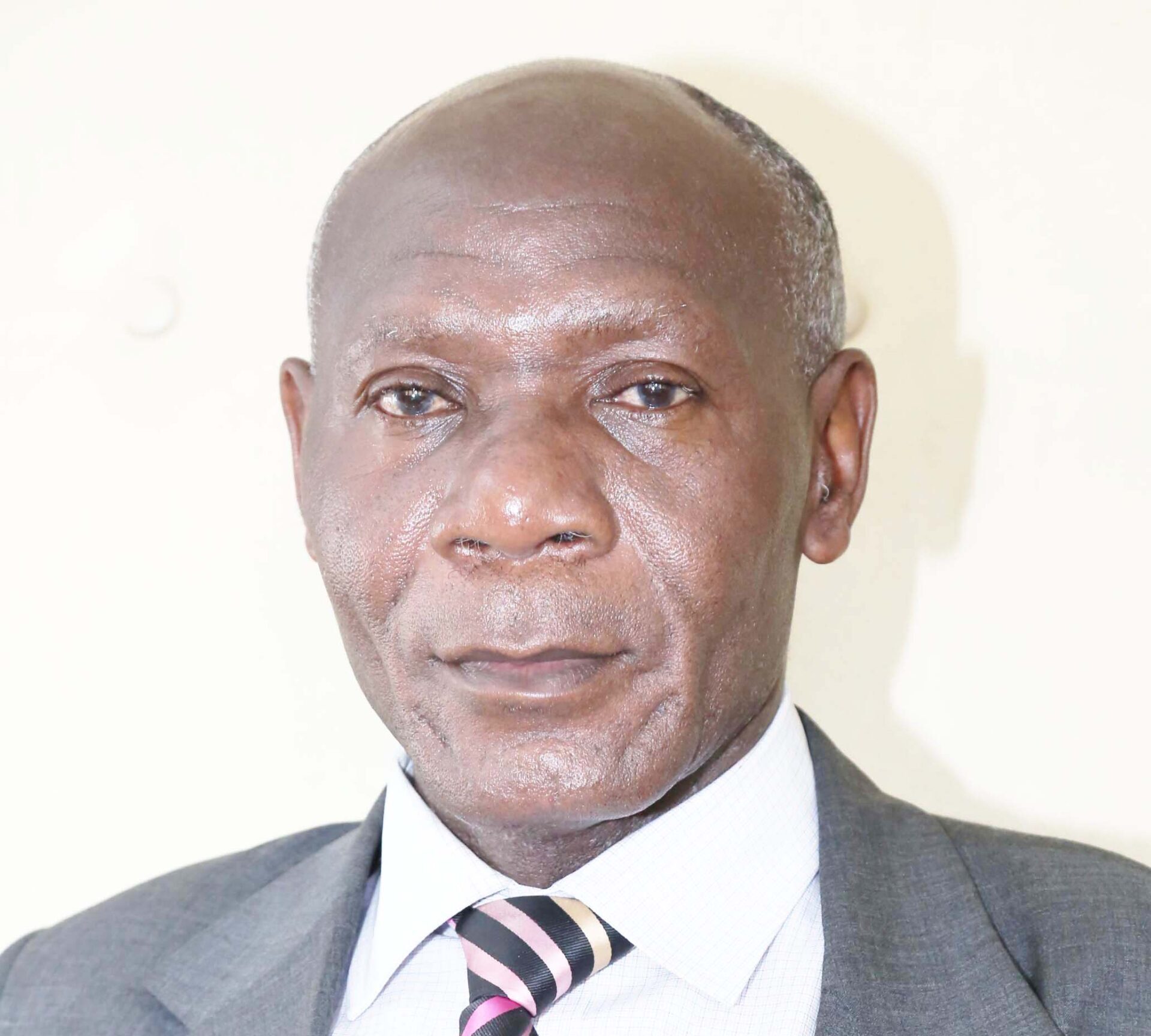Testing of students is an excellent strategy to keep students on track and also to assess learning. However, their frequent testing is counterproductive, to say the least. Although the belief is ingrained in stakeholders, it is false. It doesn’t follow that the more tests a learner takes in a school calendar, the better prepared he is to sit national examinations.
There are two main dangers in administering tests at short intervals to learners. The two dangers lead to one thing: The students don’t do correspondingly well as expected.
According to a National Assessment Centre Monitoring Learner Achievement (NASMULA) at Class 3 report on Literacy and Numeracy in Kenya by The Kenya National Examinations Council (KNEC), pupils who were subjected to frequent testing performed worse than those who were not tested frequently.
The learners didn’t do well not because they were stupid. They didn’t do well because the frequency of tests took away the instructional time—the time for teaching and learning.
It is instructional time that provides students with an opportunity to learn the knowledge and skills that form the substance of the syllabus or the curriculum.
YOU MAY ALSO READ:
Policymakers designate certain Basic Learning Competencies (BLCs) – literacy, numeracy and life skills – at primary and secondary levels. The syllabus has content which learners ought to be acquainted with upon exiting the primary and secondary education cycle.
Policymakers have allocated time for teaching, learning and testing. The tests at school level are purely for diagnostic purposes; to assess the quality of teaching and learning taking place and address gaps in either teaching or learning.
Frequent tests make nonsense of this purpose of testing. Frequent testing means that schools are exposing learners to material or content that has either not been taught or not taught properly. A child who consistently scores poorly in tests because he or she has not been properly prepared may start thinking that he is, after all, not good enough for primary or secondary education. He gives up yet the child has potential that has just not been tapped.
KNEC recommends: “teachers to be cautious about the number of tests subjected to pupils in a term, bearing in mind that testing should be geared towards assessing the learners’ acquisition of competencies stipulated in the curriculum within a specific period.”
The problem of frequent testing or examination is not a problem peculiar to Kenya. It is a prevalent problem in the USA where the Federal Government and State Governments demand accountability from schools as a basis for financial support.
A leading historian of education Dianne Ravitch observes in her book, The Death and Life of the Great American School System: “When students practice the test day after day, they learn to take the test, but the scores may not indicate their skill or knowledge. We have adopted a national strategy designed to raise the scores without the necessity of improving the quality of education.”
Secondly, preparing test items or questions is time consuming and intellectually draining. The frequency with which schools administer tests to students doesn’t allow them to meticulously prepare to teach the syllabus. The actual teaching itself where multiple teaching methods are called for depending on the concepts at hand is not a walk in the park either.
How have the schools navigated around this difficulty? The schools buy examinations, complete with marking schemes, from private companies that specialize in developing test items.
There are a number of troubling issues around education associated with tests not prepared by the teachers at the school level. Firstly, the test items may contain questions on topics not yet covered. The child stumbles into a question before he comes across the concept or topic on which he is being tested.
The multiple types of questions in KCPE will allow him to choose at random the right answer without reasoning. When the teacher eventually revises with the children, he may simply provide them with the right answers to the questions without explaining the rationale. That is where rote learning is abused: Being told the answer to a question without understanding the rationale for the answer.
The second troubling aspect of this is that the test items in question may not be addressing or testing the repertoire of Basic Learning Competencies (BLCs)—literacy, numeracy and life skills inherent in the prescribed curriculum. The tests may also be skewed. They could be testing certain topics and not others or testing Low Order Thinking Skills more than High Order Thinking Skills.
The national examination system is very cautious. It defines the knowledge, skills, attitudes and behaviour it wishes to measure in order to guide the construction of the tests. This ensures that the results of the tests have any meaning for the country. Behind a national examination body such as KNEC is a moral and civic responsibility not just to the Ministry of Education as a policy organ on education, but to other stakeholders, including the citizens.
Its test items meet the highest possible standards of excellence in educational assessment around the world. You cannot fault the quality of test items in KNEC examinations. Let the government take care of integrity in the administration of the examinations as it has done since 2016. The examinations are excellent. Rest assured.
In the 2016 NASMULA report, KNEC observed: “The tests used by teachers to assess their pupils’ progress in class, the study revealed that a significant number of teachers (39.7%) used commercially sourced tests. This implies that these teachers are likely to use tests that do not address the course content covered by the time of the test as well as the desired learning outcomes.”
The negative impact of dependance on commercially sourced tests is finally seen in the performance in KCPE.
An appreciation of the rigour of the curriculum and the right balance between teaching, learning and assessment is likely to ensure children have quality educational experience. The resulting experience will imbue them with the knowledge, skills, and other abilities that will help them tackle KNEC examinations without reference to the other tests that the children sat before.
Tests at school level are diagnostic. They help the teacher and the learner to know areas of mutual weakness and address them. The examinations are not benchmarks to judge the validity of KNEC examinations or the results it issues.
By Kennedy Buhere
You can also follow our social media pages on Twitter: Education News KE and Facebook: Education News Newspaper for timely updates.
>>> Click here to stay up-to-date with trending regional stories
>>> Click here to read more informed opinions on the country’s education landscape






